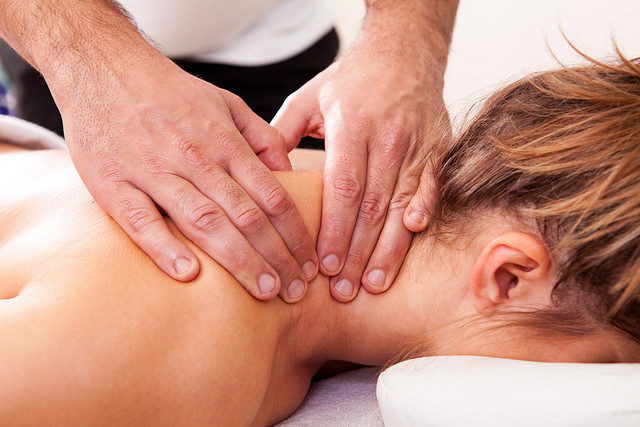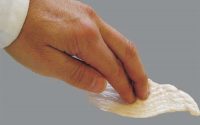Massage elevates oxytocin level and increases sensitivity
Oxytocin, also known as the love hormone, plays an important role in social behaviour, appears to sustain social bonds and to increase cooperative behaviours. A study published in Psychoneuroendocrinology demonstrated that massage through a mechanical instrument can increase oxytocin levels. In addition, the elevated oxytocin level stimulates a more sensitive response.
This study from the Netherlands examined whether massage stimulates oxytocin release in men and women and whether the enhanced oxytocin levels after massage affects the responses to infant crying and laughter. In the first study, the effect of massage on oxytocin levels were examined on 20 healthy female participants. A 15-min mechanical massage session delivered via a massage seat cover was compared to a control condition during which participants sat on a comfortable chair. Salivary oxytocin levels were measured at baseline and up to three hours after the session. Compared to a control condition, massage elevated oxytocin levels. It is also interesting to note that human touch is not a necessary component in the oxytocin enhancing effects of massage.
In the second study, the authors examined whether the effect of massage in 46 healthy male participants is affected by childhood experiences of emotional maltreatment. In addition, the authors examined whether enhanced oxytocin levels after massage affect the handgrip force when exposed to infant crying and laughter. The results showed that massage elevates oxytocin levels compared to a control condition, but the effects are dependent on the experiences of past emotional maltreatment. Men who experiences emotional maltreatment showed lower oxytocin levels, which did not increase after massage. The study also found that higher oxytocin levels after massage reduced the handgrip force when exposed to infant crying and laughter which indicates that massage promotes increased sensitivity. However, the study also found that men who experienced emotional maltreatment during childhood showed lower oxytocin levels, which did not increase after massage. Nevertheless, it still reduces handgrip force when exposed to infant crying and laughter. This indicates that other mechanisms underlie the sensitivity enhancing effects of massage, for example reduced stress. The authors suggested that massage combined with intranasal oxytocin or a behavioral intervention may also be effective in stimulating sensitive parenting, for example in mothers with postpartum depression

